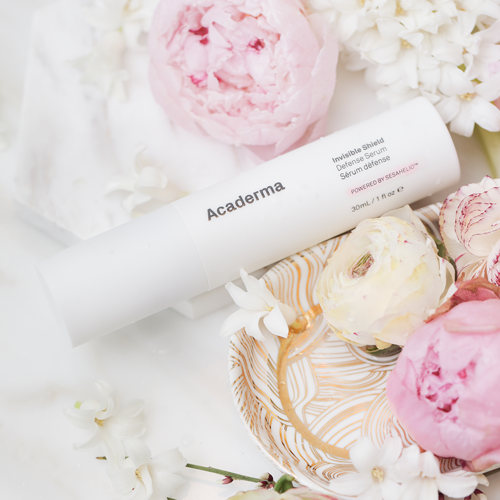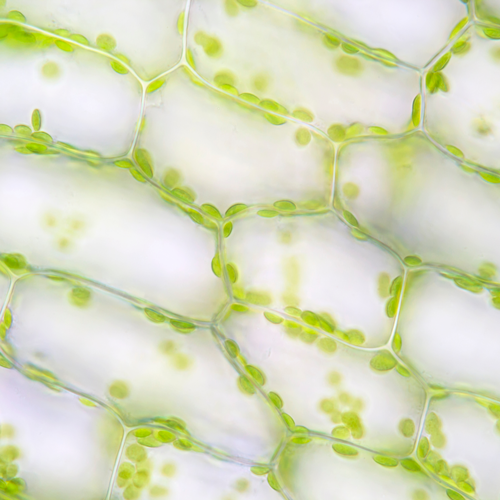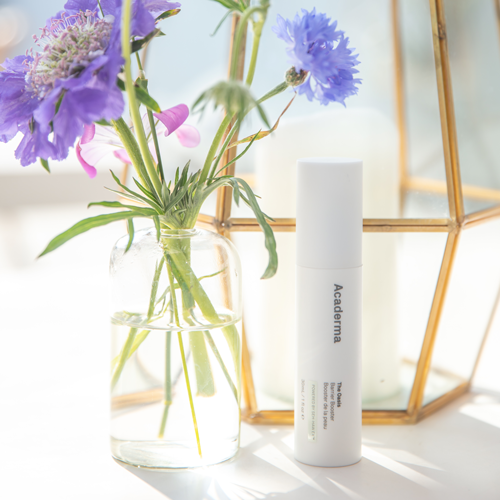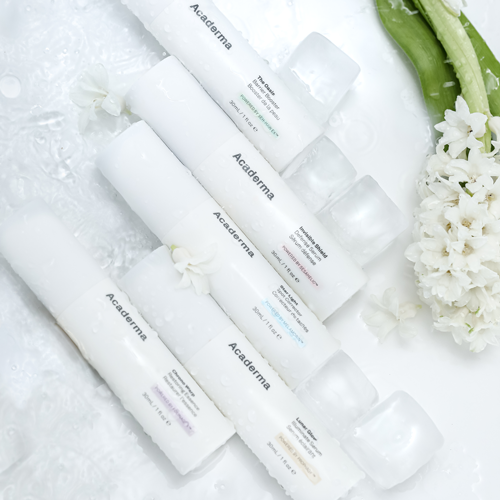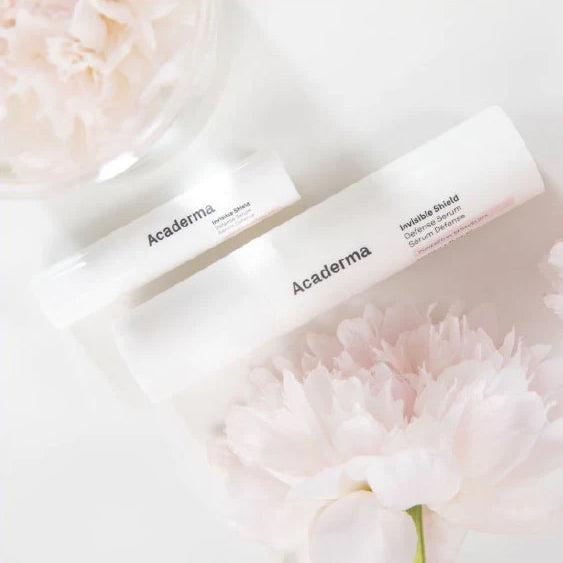SPF? Here's Why It's a Must1
At this point, winter is just around the corner and summer has long ended. But that doesn’t mean that sunscreen-season has ended! Just because you’re not sunbathing at the beach or hiking outdoors doesn’t mean that it’s okay to skip SPF in your skincare regime. Wherever you are and whatever you’ve been doing, you’ve been constantly exposed to an invisible attacker: UV rays.
UV rays don’t discriminate based on your skin color or type. Everyone who is unprotected under the sun is exposed to the potential for UV-induced DNA damage and sunburn. In fact, just because you’re a “tanner” instead of a “burner” doesn’t mean you’re not exposed to damage; tanning happens because your skin is trying to cope with UV radiation by increasing the production of melanin to protect itself from further damage.
There are two types of UV radiation from the sun: UVA rays and UVB rays. To explain the difference between the two, it’s important to understand the makeup of your skin.

UVB rays harm the more superficial layer of your skin, known as the epidermis, which causes sunburn and tanning. Meanwhile, UVA rays penetrate deep into the next layer of skin, the dermis, which leads to photo-aging (premature aging!) and serious DNA damage.
We’re sure you’ve heard about wearing SPF to “keep your skin looking young” and we would like you to know that this is completely science-backed. UVA rays induce not only DNA damage, but also the production of reactant oxygen-species (ROS). And though we need oxygen to breathe, these species are the opposite of beneficial to our bodies, severely disrupting normal signal transduction pathways. Further, UV radiation induces pro-inflammatory genes and remodels the extracellular matrix, reducing structural elastin and collagen.
This viral picture below of a 69-year old truck driver demonstrates simply the aesthetic risk of not using sufficient SPF-protection. His left side, which would face the window, looks significantly more aged than his right side, which faces away. It is a shocking, but realistic depiction of the outward risk to unprotected UV exposure.

To summarize, as healthy and nice a golden tan looks, there is no true safe way to naturally tan your skin since all UVB rays are harmful – as ridiculous as it may sound, those bottles of fake tan are going to be your best friend if you want to achieve that look without damaging your skin.
And sadly, just wearing sunscreen isn’t enough – you have to make sure you’re wearing the right kind. Read the label the next time you use a bottle: does it specifically say that it is broad-spectrum? If not, it could be just merely UVB-screening sunscreen. The best, most effective sunscreen should be able to screen against both UVA and UVB rays, to offer your skin the upmost level of protection.

Here’s the difference between the two.
Long story short, if you want to keep that skin looking as young and healthy as possible, wear sunscreen. It’s just one more (quick!) step to add to your morning routine and could very easily be the difference between life-threatening skin cancer and a healthy, long life.






